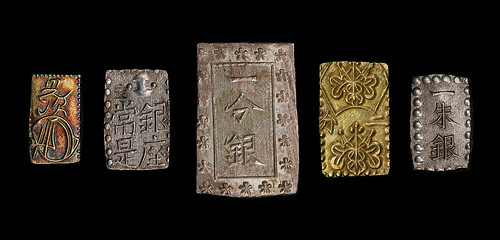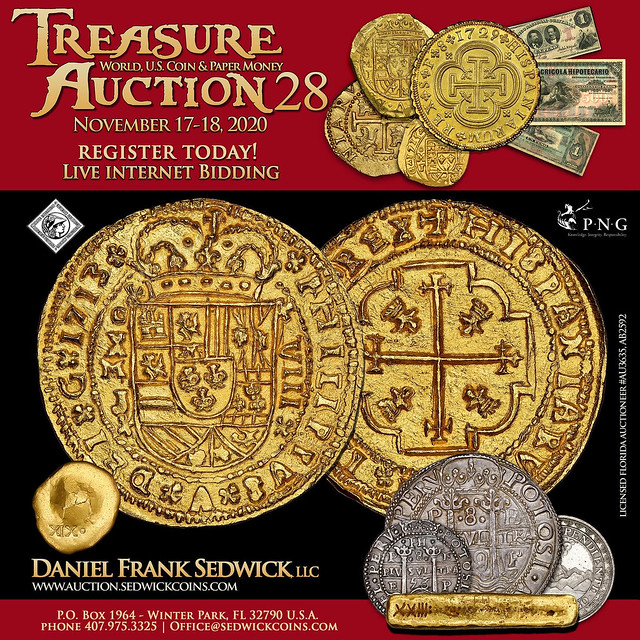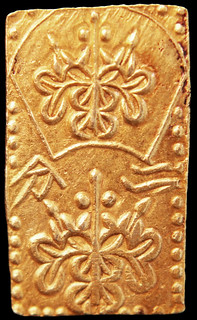
PREV ARTICLE
NEXT ARTICLE
FULL ISSUE
PREV FULL ISSUE
THE RECTANGLE COINS: JAPANESE BAR MONEYLianna Spurrier launched a website this week that publicizes some of her research on Japanese bar money. -Editor

Lianna writes: "Japanese bar money is a series of rectangular coins issued from 1599-1869. Some of the most common types are found fairly easily in the US, but they’re presented as novelties with little background information. I became intrigued by one of these novelties at the end of 2018 and quickly discovered just how difficult they were to research. I quickly dove into the rabbit hole, tracking down Japanese sources when the English references didn’t answer all of my questions. I eventually plan to write a book on the series, but seeing as that’s still quite a ways off, I’ve put together a website with some of my research in progress in hopes of making the series a bit more accessible to English-speaking collectors. It will be updated as my research progresses, and I’ve partnered with a dealer in Hong Kong to set up a shop on the site in the coming weeks to offer solely bar money. Enjoy!"
I owned one of the small silver pieces back in my world coin collecting days. I was fascinated by it as well, but information was even harder to come by then. Here's a short excerpt from Lianna's earlier CoinWeek article - see the complete article online for more. -Editor Japan started minting its own coins around 700 CE, heavily based on Chinese coinage. These first coins were primarily round and made of copper, with a square hole in the center and four characters on the obverse. To the untrained eye, they are almost identical to Chinese cash coins. Japan introduced a trimetallic system in 1569, but precious metals weren’t coined originally. Instead, gold and silver dust were measured, then sealed into bags that were traded. This was clearly inconvenient, and both metals were ultimately coined into a variety of shapes.
However, the precious metals market in Japan was different than in the rest of the world. They completely closed themselves off from the world from roughly 1639 until 1853, when Commodore Matthew Perry from the United States landed on Japanese shores. By the 1800s, most Bu and Shu coins were rectangular with sharp corners. These are Japanese bar money.
To visit the Rectangle Coins website, see:

Wayne Homren, Editor The Numismatic Bibliomania Society is a non-profit organization promoting numismatic literature. See our web site at coinbooks.org. To submit items for publication in The E-Sylum, write to the Editor at this address: whomren@gmail.com To subscribe go to: https://my.binhost.com/lists/listinfo/esylum All Rights Reserved. NBS Home Page Contact the NBS webmaster 
|
